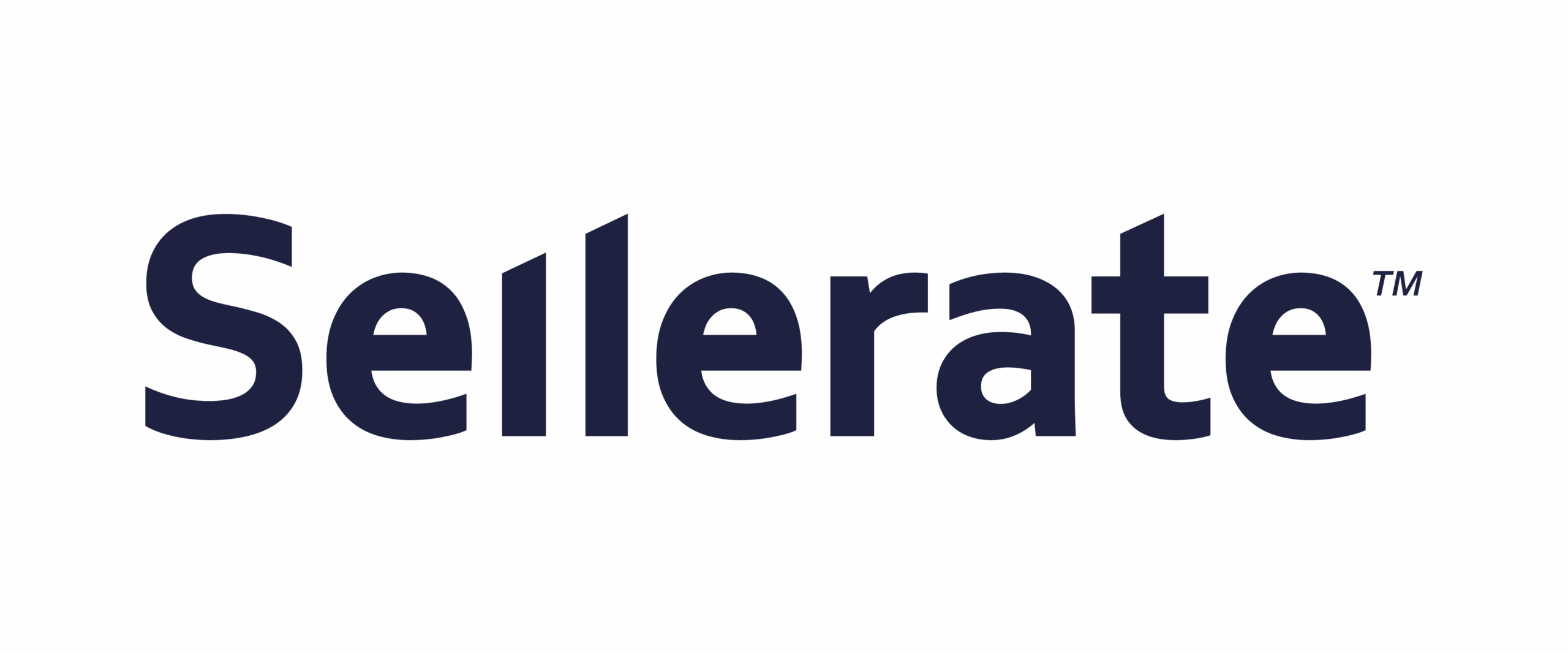Last updated on September 28th, 2022 at 02:44 pm
Among the many skills expected of the modern-day SDR is the ability to personalize cold emails at scale.
It’s a household fact that personalization increases open rates and replies, right?
According to the oft-cited Salesloft study conducted on over 6 million sales emails, personalizing emails increases open rate up to 33%, and replies to 6.6%.
And it’s far from the only study to present such generous numbers when it comes to personalizing your outreach.
In this article, we’ll guide you through how to personalize cold emails at scale and answer the question of why you need to do it.
We’ll also look at the three methods of cold email personalization you can implement in your campaigns and sequences.
What is personalization at scale?
Personalizing at scale is a balancing act.
It answers the question: how do you create for the many while making it feel like it’s for the few?
Essentially, how are you delivering individual customer experiences en masse?
Though it may sound like a paradox, simultaneously conducting personalized outreach to many different prospects is becoming the standard. Customers today are inundated with choices across multiple channels.
Expectations for a personal digital experience are high and brands have no choice but to meet them.
Fostering relationships with prospects through cold email operates on this principle. Leading with your ICP you need to reach your prospects on both an organizational and personal level.
Can you address their business need while meeting them from their unique perspective? Creating interest in an inbox is a race against time, and only those who can win a prospect’s attention quickly are going to be successful.
3 ways to personalize cold emails at scale
From more personal touches to organizational-wide pain points, scaling your personalization calls for a varied strategy.
Below we’ll explore a few ways you can personalize your approach to start a conversation.
1. Segmentation
The first method to personalize any campaign is through segmentation.
At this stage, you’ll take your bulk list of leads and filter them into groups according to variables like Industry, Geography, Title, or Company. This allows for some degree of personalization based on your ICP, even if it’s not quite tailored to an individual recipient.
Regardless, segmenting your lead list is an easy – and frankly necessary – way to break down a large group of prospects into unique campaigns that focus on specific characteristics.
In this way, you’ll manage to deliver relevant messaging to the right group of people.
Carrying out personalization at this level will also require a bit of automated magic.
As with most cold email projects, templates are an indispensable tool. Within them, you’ll also need to get familiar with merge tags if you aren’t already. Which ones you use will depend on how you’re organizing your campaign and which are available with your sales platform.
For example, if you’re writing to a wider audience of prospects that fall within an industry you might use {{industry}}. However, you may just as well niche down into particular titles with the {{title}} tag.
Merge tags are an easy means of personalizing at scale, but be careful how you use them. Many prospects will recognize sloppy use of basic tags and your email will have the opposite of your intended effect.
Make sure your customer relationship management (CRM) tool that fills in the info is up to date and try to only use tags with the related copy to reinforce their persuasiveness.
2. Industry & account-based personalization
Ideally, research is something you’ll do earlier in your prospecting and lead gen to develop your ICP, but the research we’re talking about here is a bit more distinct and labor-intensive. Allow us to explain.
Research at this stage begins with a dive into your target account profiles.
You’ll seek out their pain points, any relevant news surrounding the organization, or company achievements. This way you can begin to craft relevant messaging for individual accounts.
For more general campaigns to support your more personalized outreach, you can separate them by industry.
Once you’ve segmented your leads by industry, title, or company, you’ll move forward by identifying who among these groups are your top prospects.
How you define your top prospects in this case is largely subjective.
Obviously, these might include decision-makers and C-level executives, but not always. Aim for the sky but don’t forget that sometimes the best prospect – and hopefully your future champion within the company – are those who will spend the most time using your solution.
From here you can build out campaigns targeting your top prospects. After you’ve organized them according to the segmented categories the next stage of research begins with an up-close look at prospects’ profiles.
3. Hyper personalization
By now you should have an understanding of who your accounts are and the challenges they face.
Of those accounts, you should also know who are the right people to target, i.e. who would be most interested in your solution. The research you did in the first stages will give you valuable insights into how to personalize your outreach on more general terms.
You’ll need to adjust your workflow when personalizing messaging on an individual level.
For example, you’ll have your proposition in the body of your email already written for their specific industry or company. Now all you’ll have to do is slip in a line to open that is highly personalized and relevant to only them.
No need to overdo it. Just use a sentence that demonstrates this email is for them and only them.
The first place to look should be their LinkedIn profile.
Quickly skim their About and Activity sections where you’re more likely to find an interesting detail about them to link to in your email. Check their other social media profiles or run a quick Google search. Don’t spend too long looking, though, and don’t get too personal.
The idea is to humbly grab their attention and hook them without wasting too much of either of your time.
At first glance, this last tactic may seem to run at odds with scalability, but done right it should support your efforts not undermine them. While you’re writing incredibly bespoke emails for top prospects, you’ve already done most of the work in filtering them down by industry, company, or pain point.
This final strategy is merely a final touch – the cherry on top of your cold email sundae.
Final thoughts
Before we wrap up, we should mention some of the other practical benefits of personalization aside from those we’ve already covered.
Naturally, you want your email to be seen by the prospect and not the spam filter. Thankfully, personalizing helps deliverability since spam filters tend to favor variety in the inbox. (For more on this specific topic, check out our guide on improving cold email deliverability.)
Also, the tactics discussed in this article can be applied to LinkedIn outreach as well. The only caveat might be to alter your tone and copy, even if just slightly, to suit the more conversational nature of LinkedIn messaging.
Remember you’re looking to start a conversation and avoid immediately pitch slapping a prospect with your first touch.
The key to personalizing cold emails at scale is to construct a system that doesn’t eat up too much of your time on any one prospect or detail.
It’s you who determines your angle of approach, but this framework should give you a foundation for scaling your personalized outreach while allowing you the freedom to be creative.





